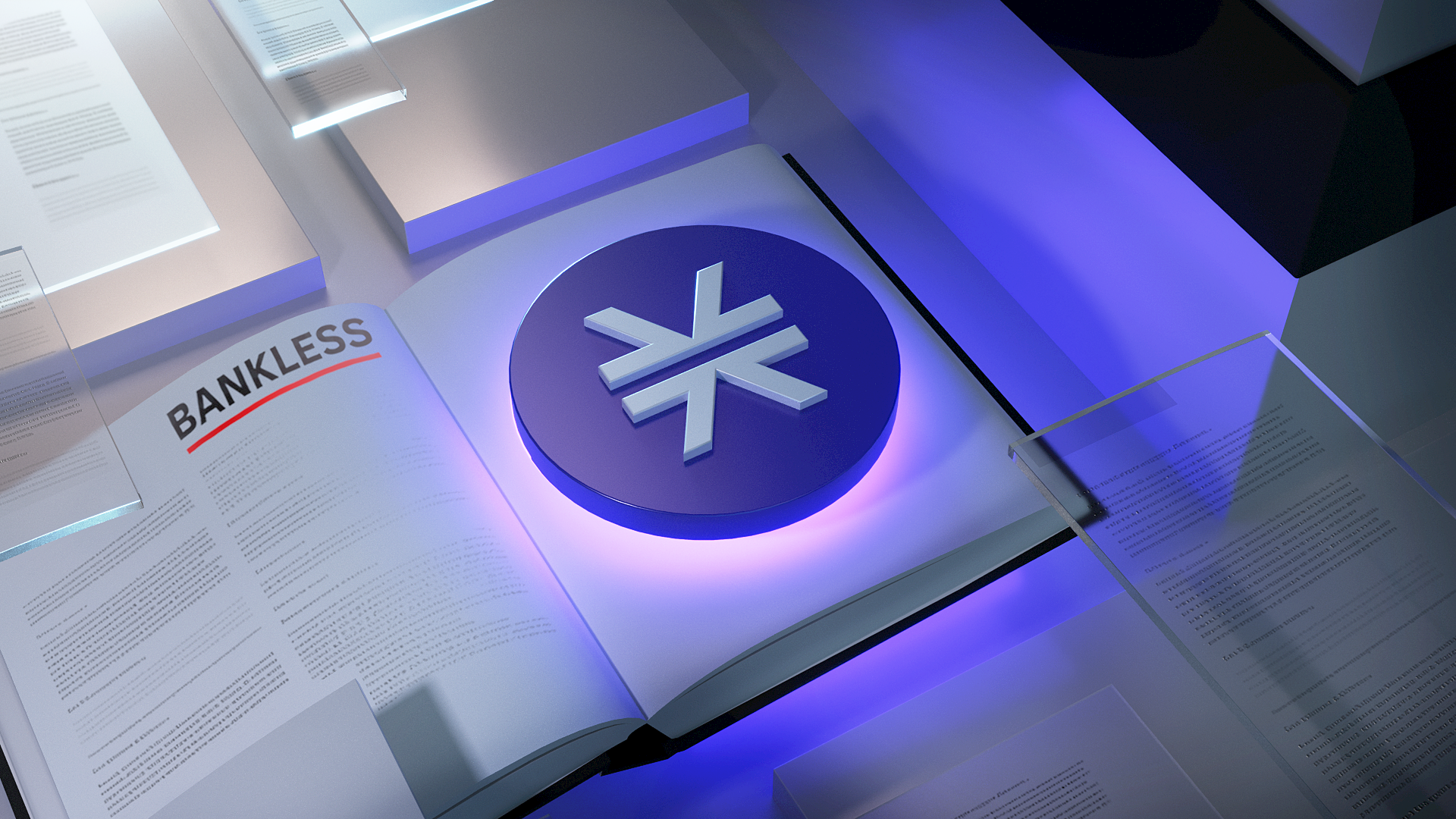.png-a616dc52961c1edd72b0c1fdf5f47e7a.png-d44bdfd9b52d9f76131f38376a1fe385.png) Kraken - See What Crypto Can Be with Kraken
Kraken - See What Crypto Can Be with Kraken
Stacks is a Layer 1 (L1) blockchain built around the Clarity VM. The network acts as a scaling solution by extending smart contract capabilities atop Bitcoin. For this reason, Stacks is commonly referred to as a Bitcoin Layer 2 (L2).
How Stacks Works
Stacks Network employs the Proof of Transfer (PoX) consensus mechanism, linking it closely with Bitcoin to enhance functionality without modifying Bitcoin itself.
PoX, an adaptation of the proof of burn concept, involves miners transferring Bitcoin, the base cryptocurrency, to secure the Stacks blockchain and earn rewards. Stacks further increases transaction efficiency through microblocks, which sync with Bitcoin transactions, allowing for rapid settlements independent of Bitcoin’s pace.
Notably, Stacks's upcoming Nakamoto update will introduce even faster block production, further decoupling from Bitcoin's slower block times to create new Stacks blocks approximately every 5 seconds. This update will also achieve 100% Bitcoin finality, meaning Stacks blocks are poised to become as irreversible as Bitcoin transactions.
The Pulse of Stacks
According to DeFiLlama, Stacks is currently the 38th-largest DeFi chain per its $61 million TVL. While its app scene is fairly small, it does feature a handful of NFT projects and DeFi protocols across the DEX, lending, and liquid staking categories.
Additionally, Stacks has seen an influx of activity in recent months thanks to a surge of interest around Inscriptions-style token mints. Going forward, Stacks's upcoming Nakamoto upgrade will position the network to handle future demand that much more efficiently.
The STX Token
The native currency of Stacks, $STX, is used to pay for processing transactions through the network's Clarity smart contracts. $STX holders can also engage in the network through a process called Stacking, where they lock their tokens and run a full node to participate in consensus and earn Bitcoin rewards.
As for mining on Stacks, this process involves using Bitcoin to mine $STX tokens. Miners participate in leader elections on the Bitcoin blockchain, with the leader of each round chosen through a verifiable random function, giving more weight to higher $BTC bids. In kind, miners receive $STX from transaction fees, and the $BTC they bid is distributed as rewards to $STX holders participating in consensus.
At the time of this guide's latest update, $STX was trading around the $1.76 price mark with a market cap of $2.5 billion, presently making it the 40th-largest crypto.
Getting Started with Stacks
To begin exploring the Stacks ecosystem in depth, the resources below offer helpful starting points:
- 👛 Leather and Xverse — Popular wallets for managing Stacks assets.
- 📚 Stacks Docs — The official documentation of Stacks.
- 🔍 Stacks Explorer — A block explorer for analyzing Stacks data.
- 🌉 Stacks Bridges — A repository of Stacks bridging solutions.
- 📲 Stacks Ecosystem — A database of apps on Stacks.
- 🪙 Stacks Stacking — A collection of platforms for STX Stacking.
- 🛒 STX20 — An Inscriptions-style marketplace on Stacks.
- 🦙 DefiLlama — A dashboard for Stacks DeFi stats.
- 🏪 Gamma — A marketplace for Stacks NFTs.
Zooming Out
All in all, Stacks is a network that aims to bridge the robustness of Bitcoin with the flexibility and scalability of Ethereum-like smart contracts.
The PoX consensus mechanism and the upcoming Nakamoto upgrade are pivotal in its evolution, and these advances position Stacks as a leading innovator on the Bitcoin frontier. The chain’s DeFi and NFT ecosystems may still be modest for now, but as Stacks continues to evolve, it’s poised to stay a project to watch in crypto.
 Bankless
Bankless 
.png-a616dc52961c1edd72b0c1fdf5f47e7a.png-8359976fdb0656215e306b0de9208da8.png)